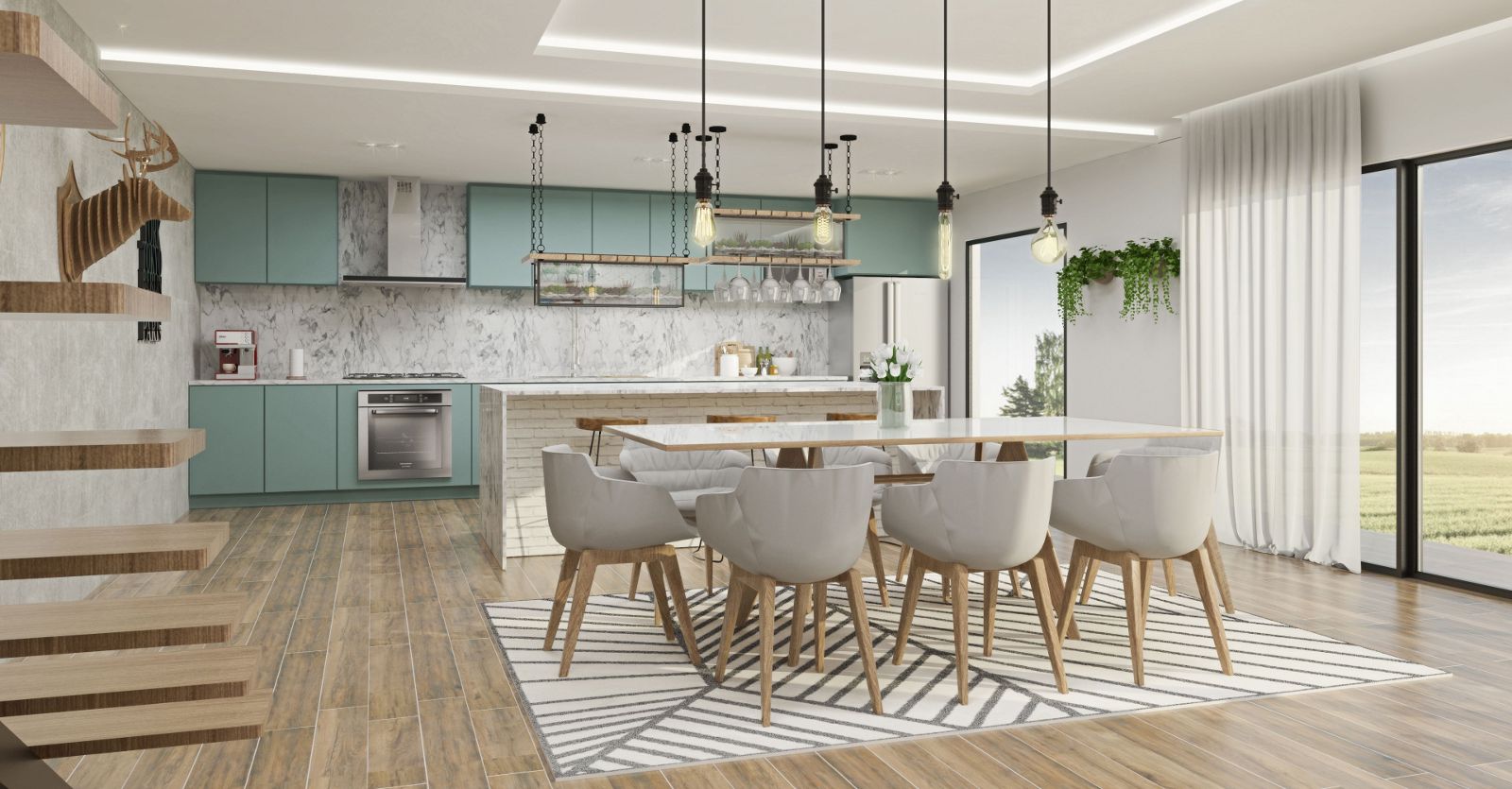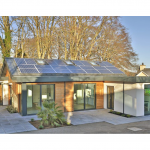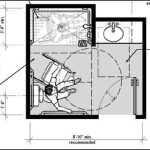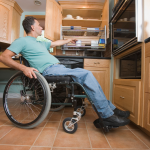Common Post-Stroke Remodeling Modifications
The essential focus of home modifications for stroke patients should be:
- Installing assistive devices
- Improving home safety
- Reducing the patient’s fall risk
Of course, this means you’ll need to consult an expert well-versed in home modifications for stroke survivors. They will be able to assess your loved one’s needs and suggest adjustments that best fit their situation.
For your part, spend a day or two with your loved one as they go about their life. This will help you understand their day-to-day difficulties. You can find specific solutions to increase their independence, safety, and overall comfort.
Read on to learn some common home modification ideas that might lend support to your loved one.
Bathroom Remodel

Bathrooms often present a tricky space to navigate for stroke sufferers with limited mobility. The keys are to open up the space and simplify any balance or mechanical challenges.
- Change a tub to a walk-in shower
- Mount handrails in the shower/bathtub and beside the toilet
- Use non-slip bath mats
- Replace faucets with single-lever ones that can be operated easily with one hand
- Add toilet chairs and shower/tub benches
- Switch to a handheld shower head
- Install swing-clear door hinges that offer enough space for a wheelchair or walker
Bedroom Remodel

Most of bedroom modification centers around getting in and out of bed — a task that your loved one faces at least twice a day!
- Install rails on the bed to make getting up and down easier
- Use risers to raise a low bed. Conversely, if the bed is too high, lower it
Kitchen Remodel

Stroke patients might initially need help with cooking. Eventually, however, it may bring them joy to get back into the kitchen and prepare meals for themselves as much as possible.
- Install pull-out shelves
- Remodel for roll under stove and sink
- Use baskets in place of traditional shelves
- Increase cabinet access with a lazy Susan
- Provide a small, wheeled cart for carrying groceries and other kitchen supplies
Stroke affects each person differently. For some, it’s not always easy to adjust to life afterward. This is why it’s particularly important that a stroke survivor return to an environment supportive of their continued recovery, mobility, and safety.

Check over your loved one’s home to see if these changes might be necessary:
- Wheelchair ramp installation
- Access to a cellular phone at all times and/or an emergency alert system
- Get rid of loose throw rugs
- Use double-sided tape to hold carpets down
- Keep floors free of trip hazards
- Clear enough space for your loved one to maneuver around the house without bumping into things
- Ensure adequate lighting in the house — especially along the hallways, doorways, and in bathrooms
To make your space ideal for recovery with the right home modifications for stroke patients, consider working with a Certified Aging in Place Specialist who can guide you through the process.
Live in Place Designs is a team of aging in place experts who specialize in accessible design and consulting. We help with all sorts of projects, from deciding on the proper wheelchair ramp for your home – to walk-in shower design – to planning a complete kitchen remodel. Contact us with your home redesign challenges today.






